Different Types Of Hydrangea – Learn About Common Hydrangea Varieties
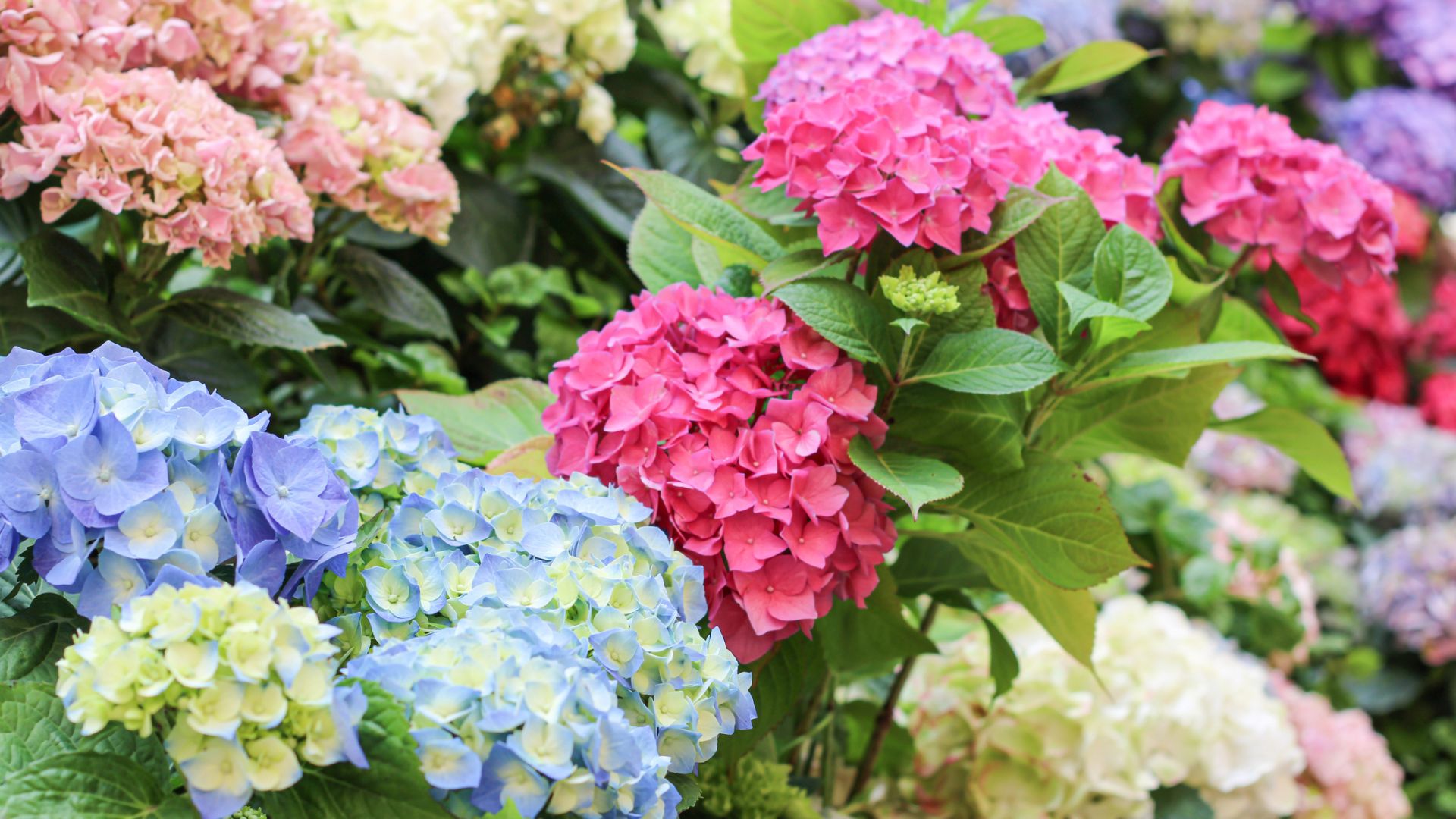

Many people equate hydrangeas with bigleaf hydrangeas (Hydrangea macrophyllia), those stunning shrubs with rounded inflorescences big as a grapefruit. There are actually a wide variety of hydrangea plant types that might interest you though.
Different hydrangea plants add different accents to your garden, so it makes sense to investigate the types of hydrangea that would grow well in your area. Read on for information about hydrangea varieties and their cultural needs.
Hydrangea Plant Types
Hydrangea varieties offer an expansive range of foliage and flowers, as well as different growth characteristics. If you have a particular hydrangea “look” in mind, don’t think it’s your only choice. These versatile shrubs are found in every size and shape imaginable.
All hydrangeas share some of their most popular characteristics, like ornamental flowers and ample foliage. All are easy maintenance and virtually pest free. Since you can find hydrangeas across the country, there is very likely a hydrangea that would do well in your backyard.
Different Hydrangea Plants
Bigleaf hydrangea – Let’s start with popular bigleaf hydrangea and introduce the two, very different hydrangea plants within this family. Remember that these are the shrubs with flowers that change colors depending on the soil acidity. Everyone knows the mophead hydrangea variety (Hydrangea macrophylla), with its full orbs of blossoms. There’s also a second, very lovely type of bigleaf known as lacecap (Hydrangea serrata). The blossom is a flat disk, with a round “cap” of smaller flowers in the center surrounded by a fringe of larger, showier flowers.
Both types prefer afternoon shade and may need to be protected from cold and wind in certain regions.
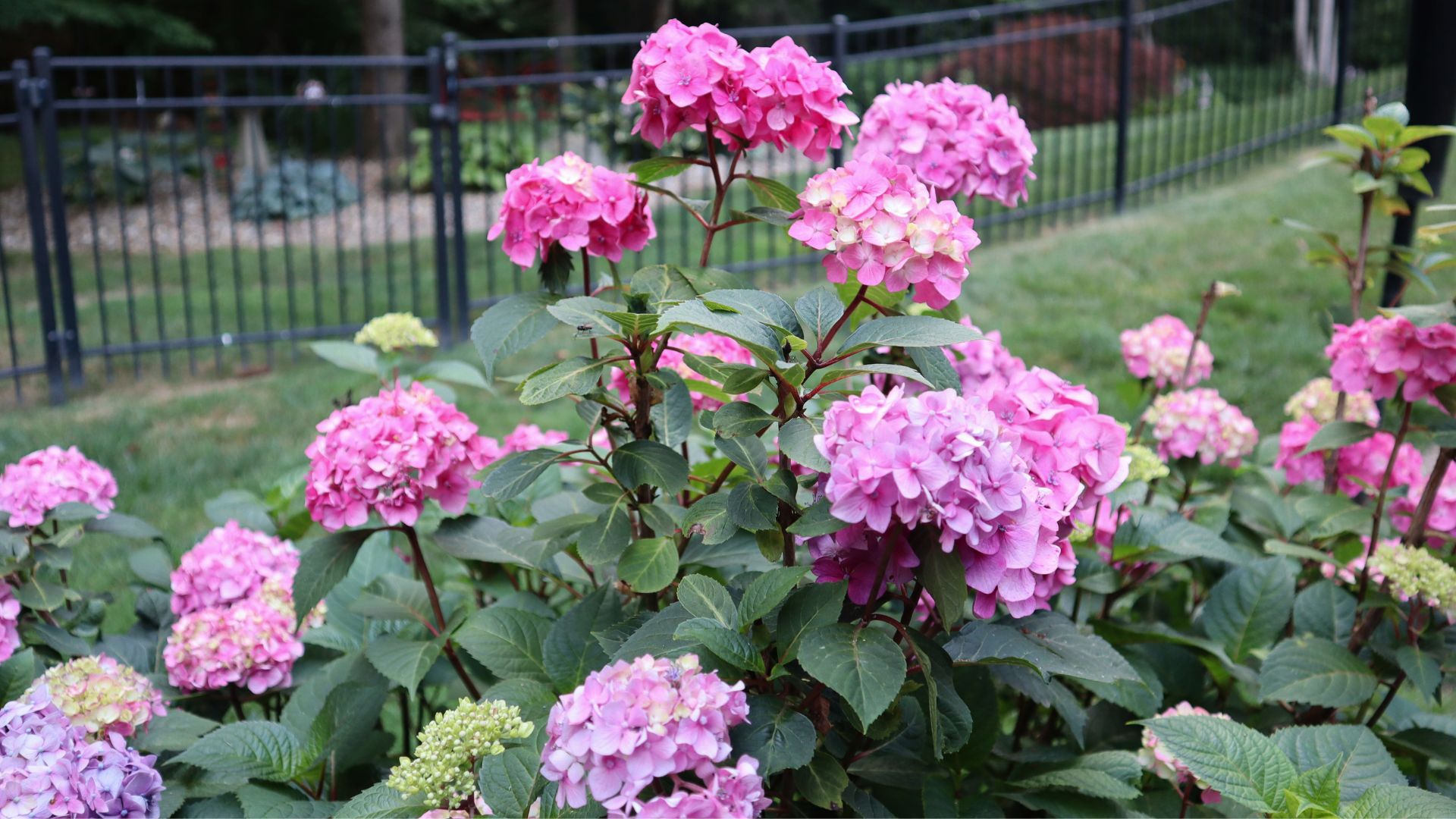
That is only the beginning. Other popular types of hydrangeas include two types that are native to this country: the easy-to-grow smooth hydrangea and stunning oakleaf hydrangea.
Sign up for the Gardening Know How newsletter today and receive a free copy of our e-book "How to Grow Delicious Tomatoes".
Smooth hydrangea – Smooth hydrangea (Hydrangea arborescens) is an understory plant and prefers some shade and lots of moisture. It grows as a rounded shrub and gets to 5 feet (1.5 m.) high and wide, with huge white flower clusters. The top cultivar is 'Annabelle,' with flower heads up to 12 inches (31 cm.) across.
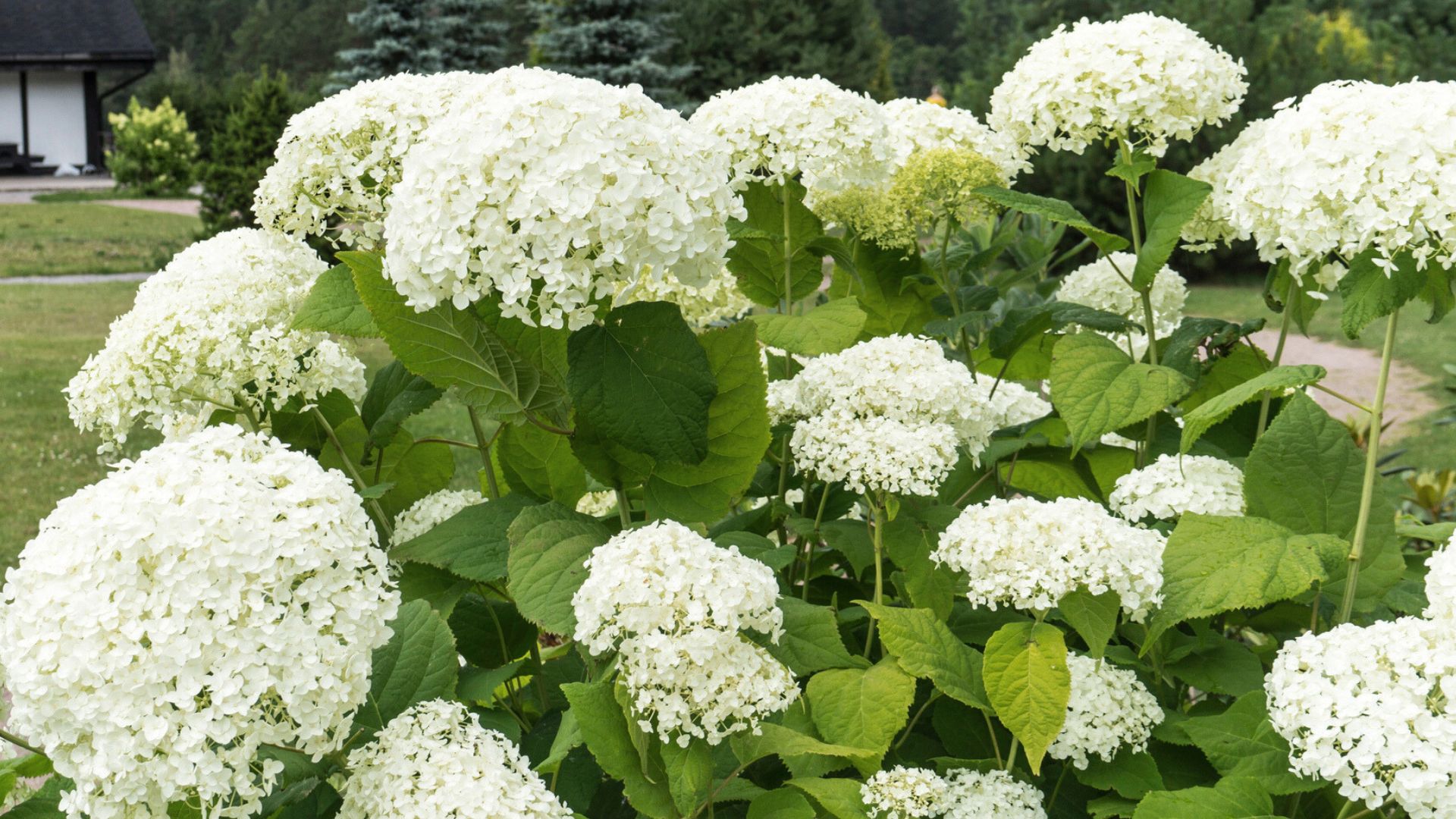
Oakleaf hydrangea – Oakleaf (Hydrangea quercifolia) is one of the few hydrangea varieties to offer brilliant fall color as the leaves turn to scarlet and burgundy. Its lobed leaves look like extremely large and attractive oak leaves, and the plant grows to 8 feet (2 m.) tall. The white flowers are large and abundant, white when they first open into conical flower heads but maturing to a pinky mauve.
The oakleaf hydrangea can tolerate both sun and shade and is very adaptable in the landscape.
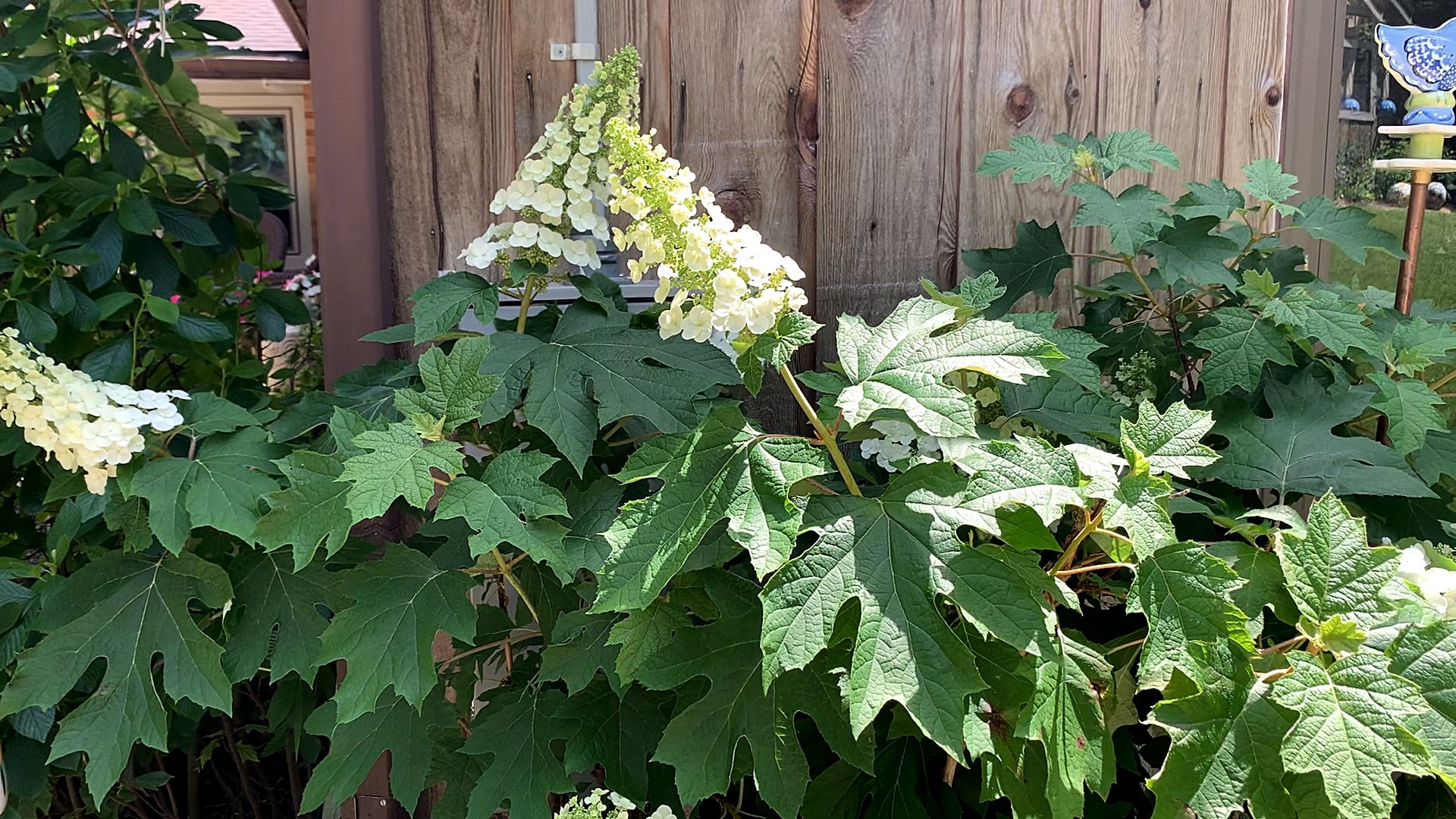
We can’t write about hydrangea varieties without mentioning panicle hydrangea, sometimes called the Pee Gee hydrangea or tree hydrangea.
Panicle hydrangea – This shrub or small tree is tall, growing to 20 feet (6 m.) high and wide. It wows with showy pyramidal panicles of white flowers that may fade to pink, red or even green as the season progresses.
Of all the different hydrangea plants, growing panicle hydrangeas (Hydrangea paniculata) is the easiest since they are infinitely adaptable. Full sun? No problem. Dry spells? Panicles sail through.
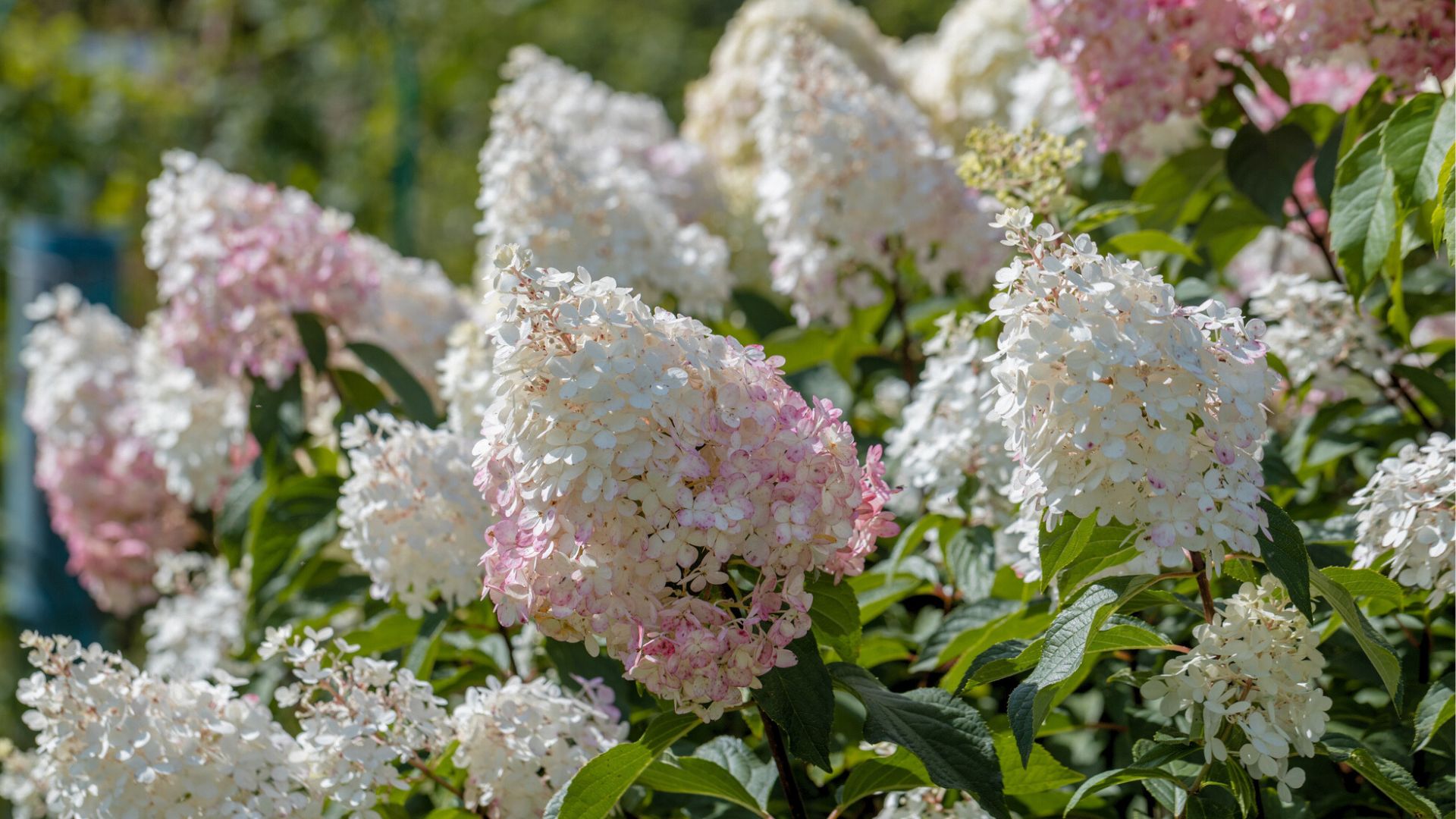
The most famous cultivar is 'Limelight', with its lime green flower buds opening to pale green flowers. 'Grandiflora', is also popular and true to its name, producing huge white flower clusters up to 18 inches (46 cm.) long. This hydrangea will often droop near the end of the season due to the weight of the large blooms.
Climbing hydrangea – Yet another hydrangea that deserves a look is the spectacular climbing vine (Hydrangea anomala petiolaris). Once established, it can get to 60 feet (18 m.) high, clinging to fences, arbors, and other supporting structures with root-like tendrils. This shade tolerant vine boasts white, romantic lace-cap flowers early in the summer.
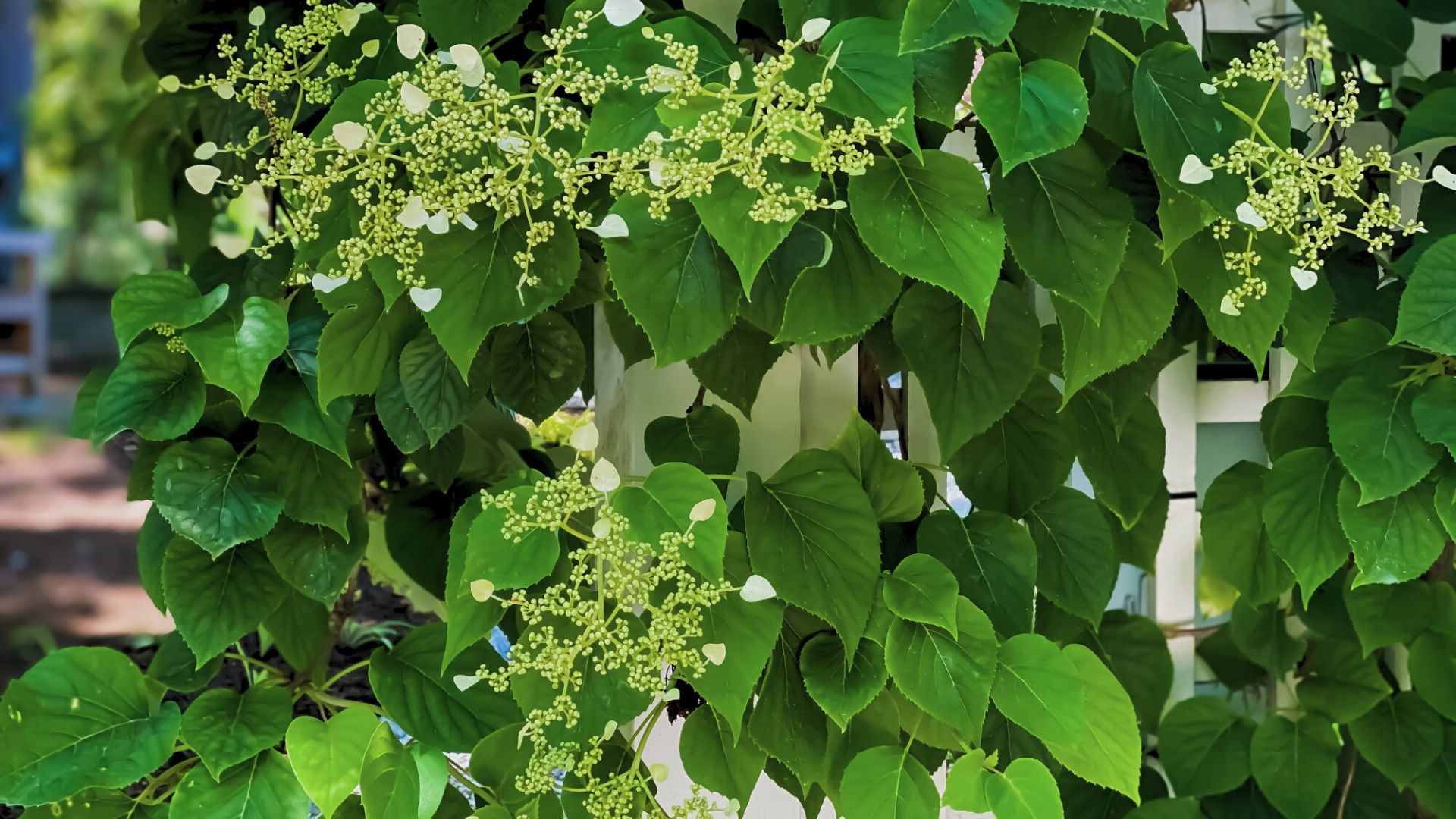

Teo Spengler is a master gardener and a docent at the San Francisco Botanical Garden, where she hosts public tours. She has studied horticulture and written about nature, trees, plants, and gardening for more than two decades. Her extended family includes some 30 houseplants and hundreds of outdoor plants, including 250 trees, which are her main passion. Spengler currently splits her life between San Francisco and the French Basque Country, though she was raised in Alaska, giving her experience of gardening in a range of climates.